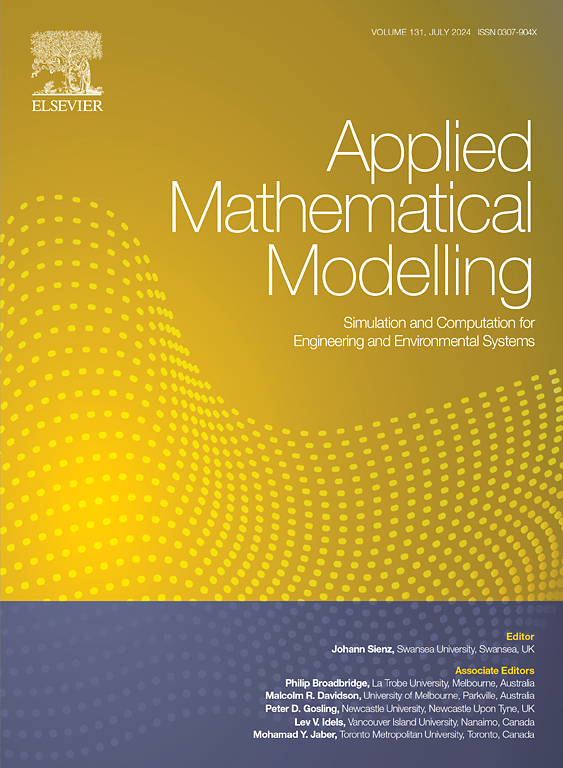Rapid optimization of piston pin hole profile using variable thickness finite element method
IF 4.4
2区 工程技术
Q1 ENGINEERING, MULTIDISCIPLINARY
引用次数: 0
Abstract
Due to high loads, low relative speeds, and poor lubrication conditions, the contact between the piston pin and pin hole is prone to reliability issues. Optimizing the pin hole profile during the design phase is crucial for enhancing stress distribution and lubrication. However, three-dimensional models are computationally intensive, posing challenges for rapid computation and shortened product development cycles. To overcome these challenges, this study establishes a two-dimensional variable thickness finite element contact model and provides a general numerical solution. Parametric modeling of the pin hole's curved profile is implemented, and an optimization method using maximum stress as the criterion is proposed. As an illustration, the stress distribution of a pin hole with a tapered profile from a typical marine engine is analyzed. The results show that the two-dimensional model closely approximates the three-dimensional finite element analysis results while increasing computational efficiency by 360 times. Furthermore, compared to the tapered profile, the optimized curved profile reduces the maximum von Mises stress in the contact area by 32.5 %.
求助全文
约1分钟内获得全文
求助全文
来源期刊

Applied Mathematical Modelling
数学-工程:综合
CiteScore
9.80
自引率
8.00%
发文量
508
审稿时长
43 days
期刊介绍:
Applied Mathematical Modelling focuses on research related to the mathematical modelling of engineering and environmental processes, manufacturing, and industrial systems. A significant emerging area of research activity involves multiphysics processes, and contributions in this area are particularly encouraged.
This influential publication covers a wide spectrum of subjects including heat transfer, fluid mechanics, CFD, and transport phenomena; solid mechanics and mechanics of metals; electromagnets and MHD; reliability modelling and system optimization; finite volume, finite element, and boundary element procedures; modelling of inventory, industrial, manufacturing and logistics systems for viable decision making; civil engineering systems and structures; mineral and energy resources; relevant software engineering issues associated with CAD and CAE; and materials and metallurgical engineering.
Applied Mathematical Modelling is primarily interested in papers developing increased insights into real-world problems through novel mathematical modelling, novel applications or a combination of these. Papers employing existing numerical techniques must demonstrate sufficient novelty in the solution of practical problems. Papers on fuzzy logic in decision-making or purely financial mathematics are normally not considered. Research on fractional differential equations, bifurcation, and numerical methods needs to include practical examples. Population dynamics must solve realistic scenarios. Papers in the area of logistics and business modelling should demonstrate meaningful managerial insight. Submissions with no real-world application will not be considered.
 求助内容:
求助内容: 应助结果提醒方式:
应助结果提醒方式:


